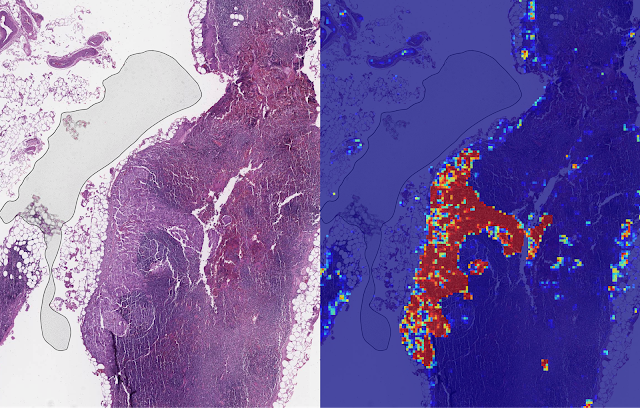
“We present a method for detecting one very popular Photoshop manipulation — image warping applied to human faces — using a model trained entirely using fake images that were automatically generated by scripting Photoshop itself. We show that our model outperforms humans at the task of recognizing manipulated images, can predict the specific location of edits, and in some cases can be used to « undo » a manipulation to reconstruct the original, unedited image.”
Source : Detecting Photoshopped Faces by Scripting Photoshop





